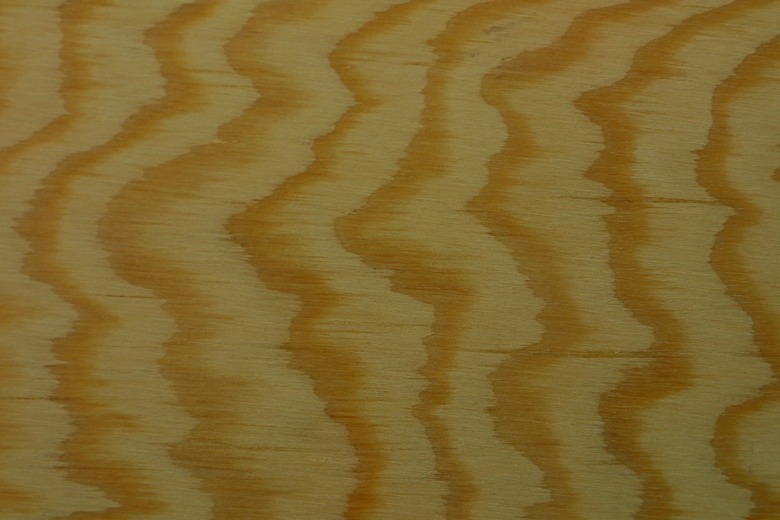Painting Plywood For Outdoor Use
Things Needed
-
Water repellent wood preservative
-
Primer
-
Paint
-
Paint tray
-
Brush
Tip
Overlap the brush strokes to keep the paint from streaking. Blend the area where two strokes meet by using multiple strokes to even out the paint. Long steady strokes are better than short, choppy ones. It is better to put on two thinner coats than one thick coat.
Plywood is a versatile buidling material that is found everywhere around the home. Outdoor house sidings, children's treehouses, and raised garden bed sides are just some of the uses for the laminated wood sheets. Plywood is cut into almost any shape and absorbs paint quickly, making it easy to match any decor. With a few steps, the plywood paint job will last for years.
Step 1
Seal the edges of the plywood after it has been cut to shape with a water-repellent preservative. Brush all around the edges, working the preservative into the wood. Let the plywood dry for at least two days before using.
Step 2
Allow the plywood to warm up from a morning chill before apply the first coat or primer. Do not allow it to become too hot from the sun, though. If it feels uncomfortable to the touch because of the heat, move it to a shaded area.
Step 3
Brush on a quality sealer or primer before painting the wood.
Step 4
Work fast after dipping the paint brush into the primer tray. If there is a breeze of any kind the primer will seem to dry almost as fast as you can put it on, which will leave streak marks if you brush too slowly. Work from the center of the plywood to the edges, which avoids a bead of primer along the edge.
Step 5
Allow the primer to dry for the proper length of time as directed by the instructions. High humidity will cause the primer to take longer to dry.
Step 6
Brush the paint onto the plywood with the same techniques as with the primer. The Sherwin-Williams Company considers a high quality acrylic paint to be an excellent choice for exterior plywood.
